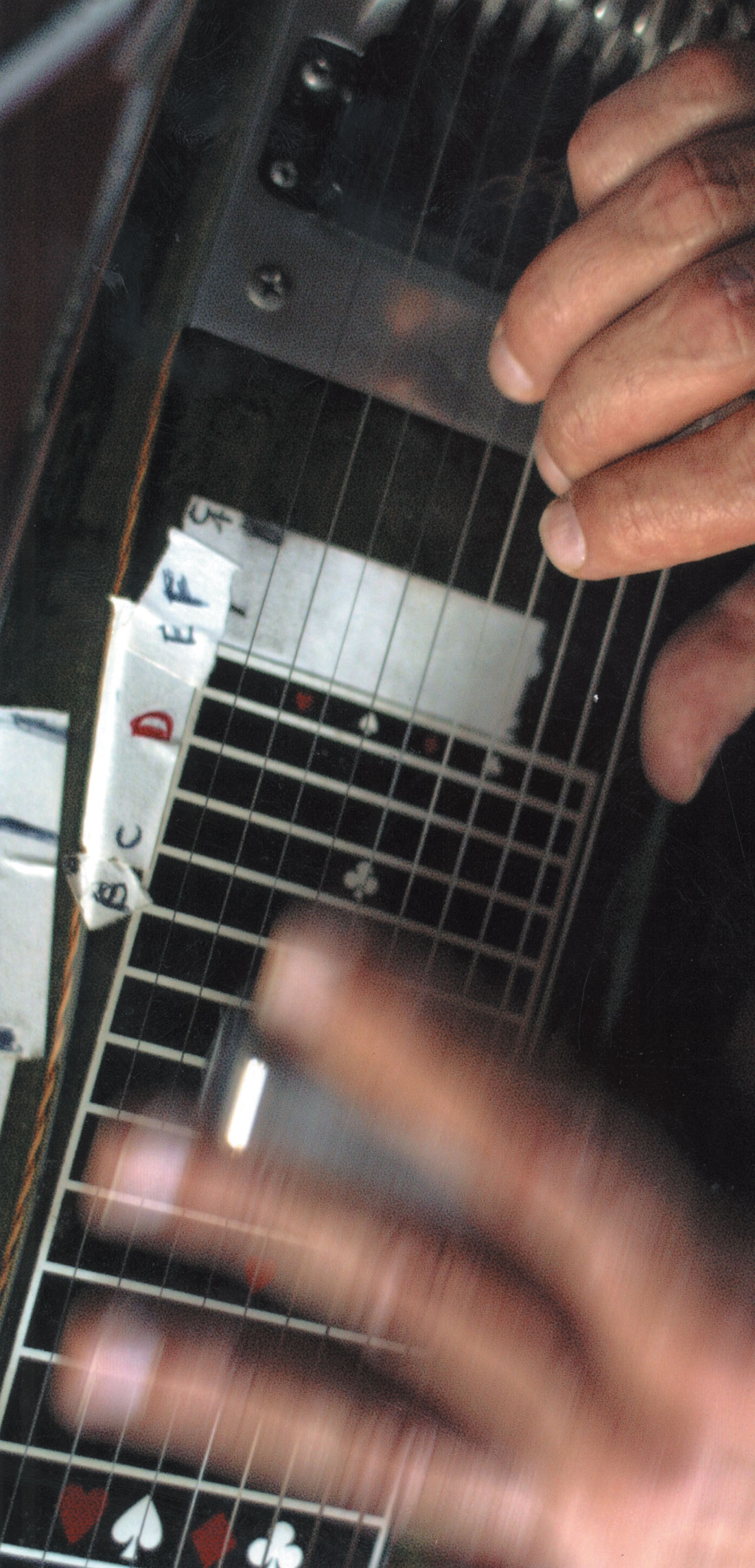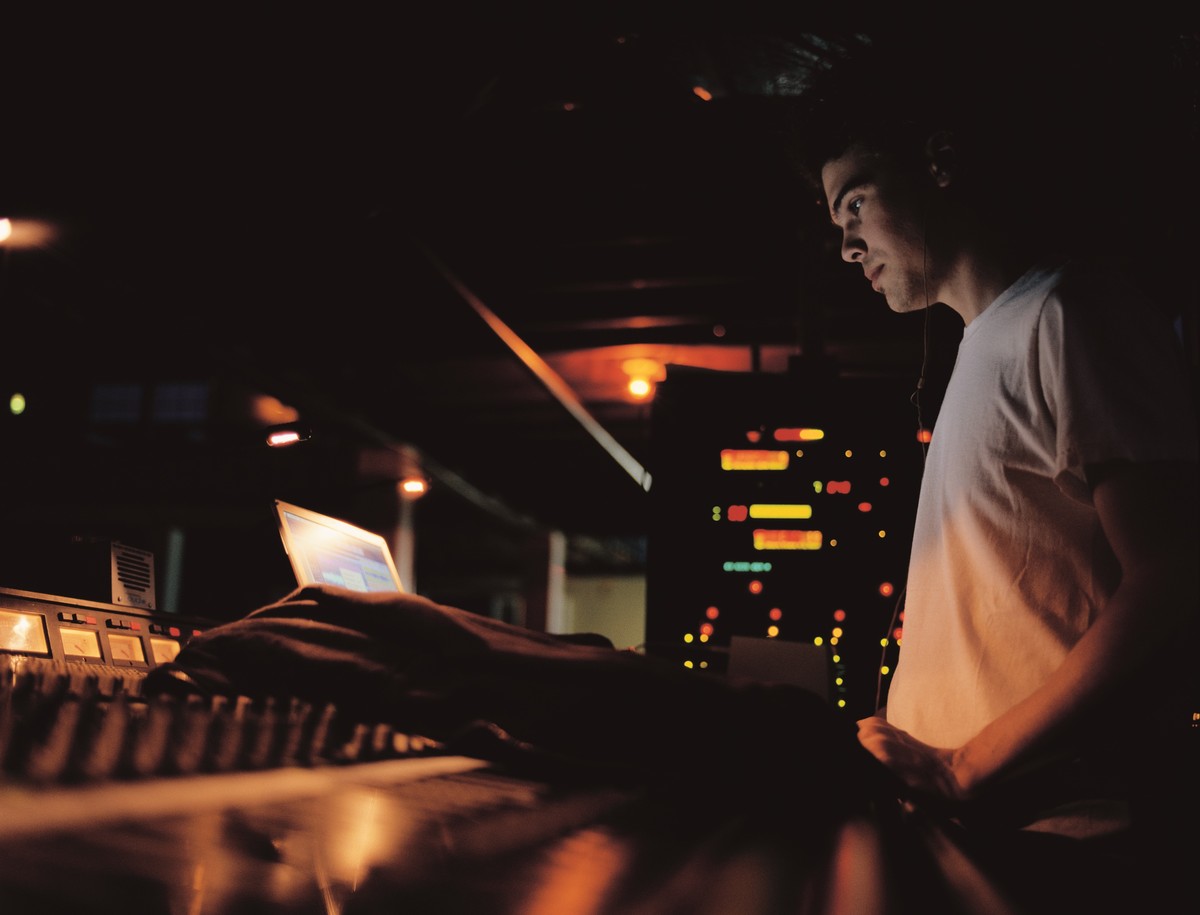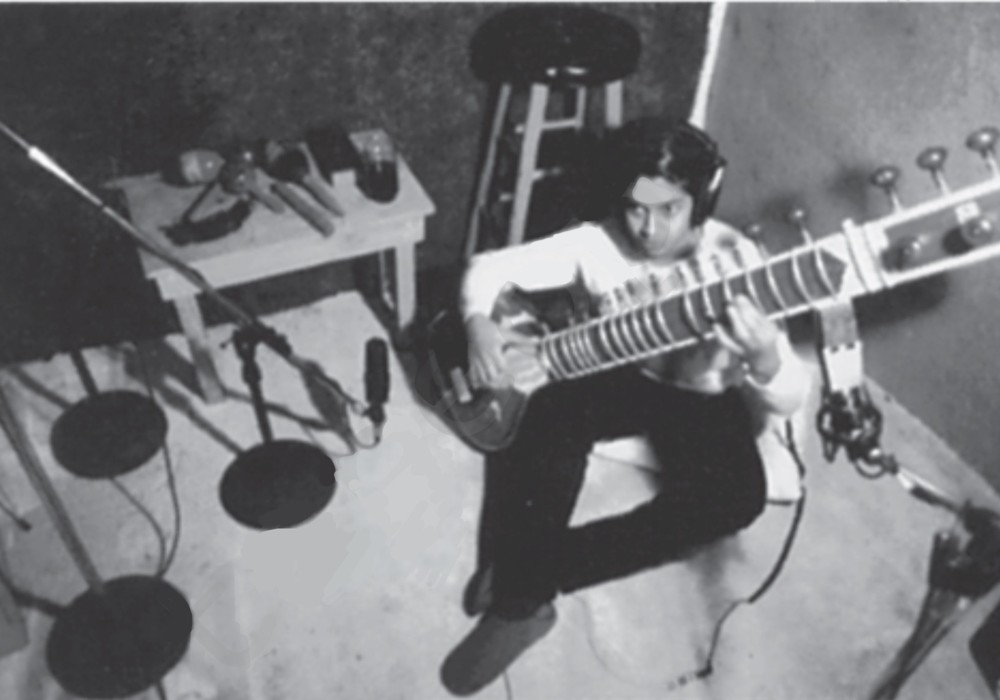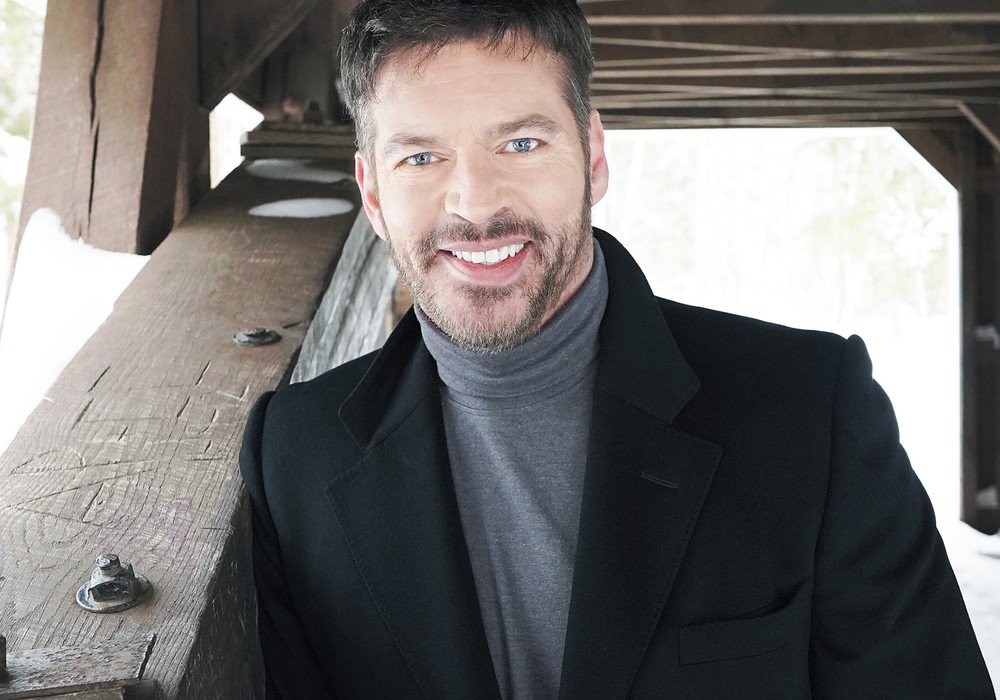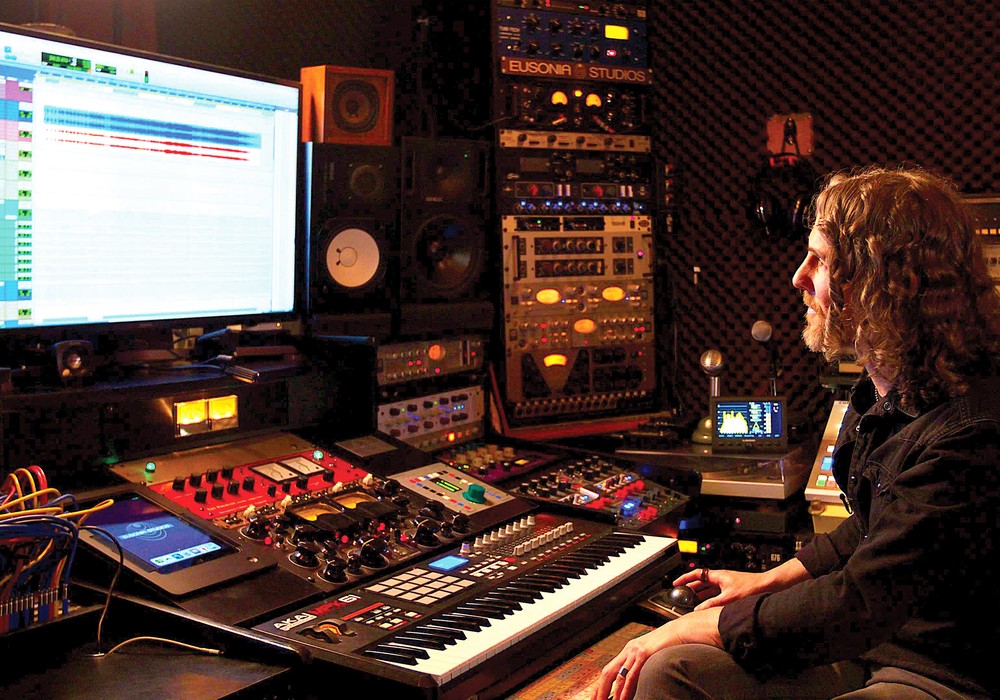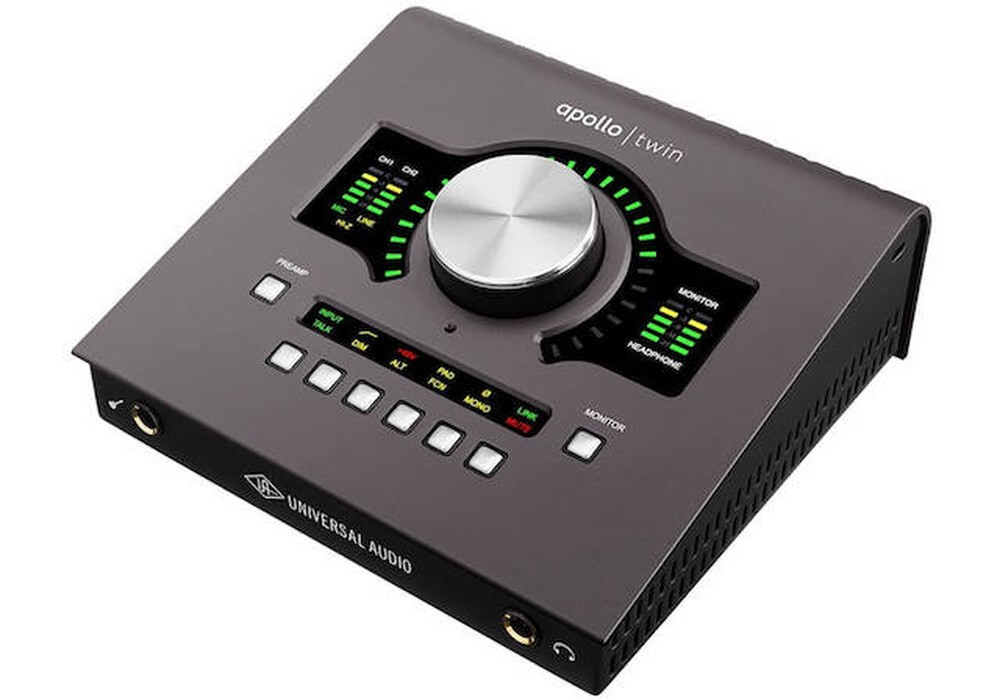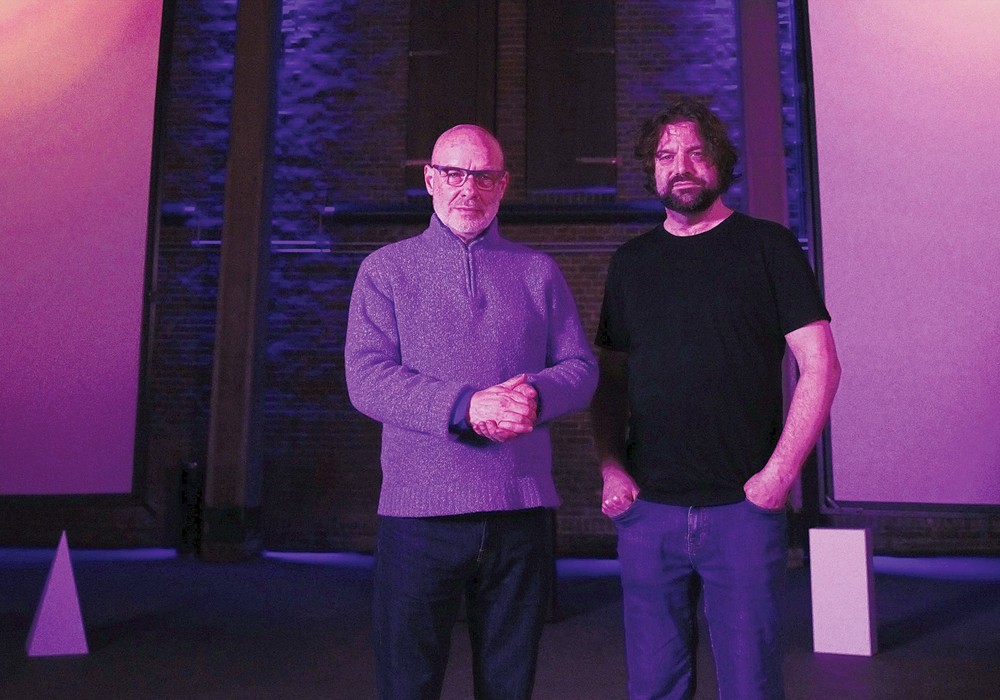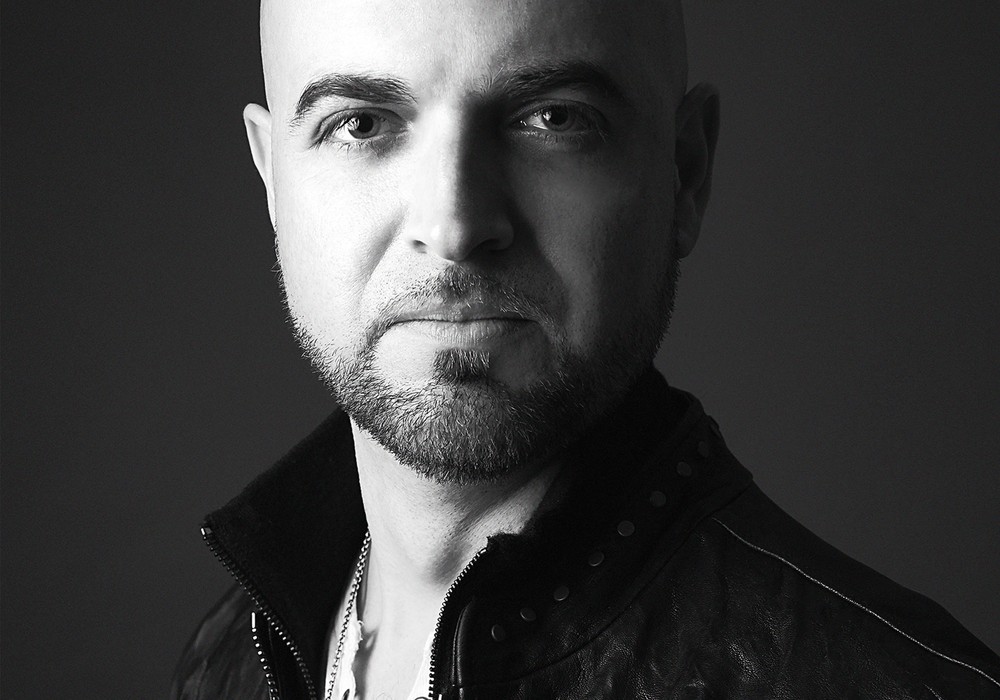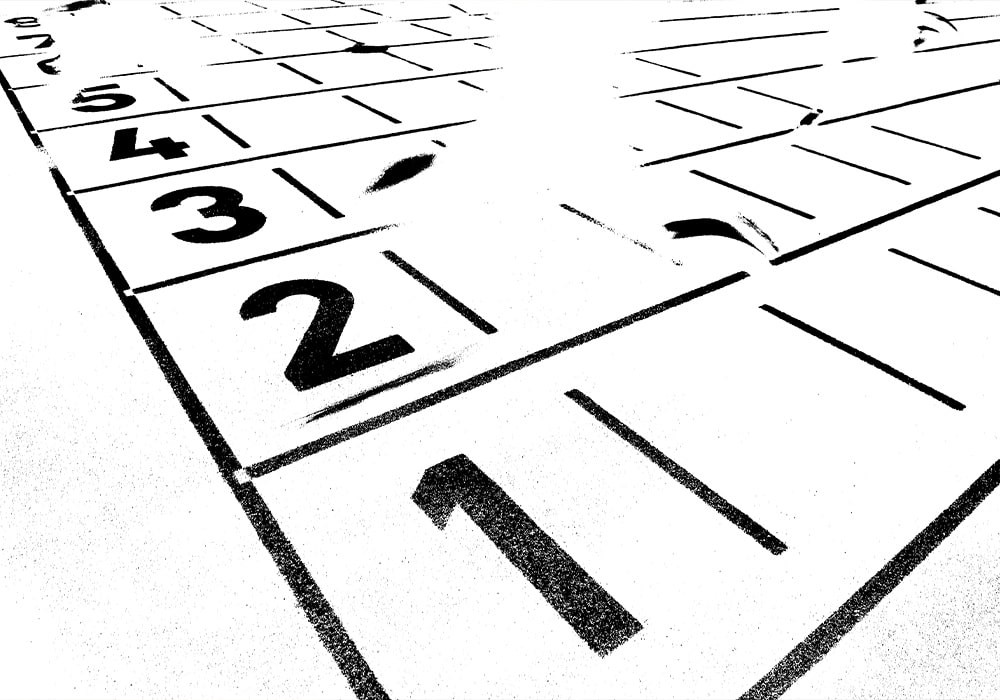Adam Samuels is Daniel Lanois' [see article this issue] right-hand man in the sphere of sound. His youthful and attentive scholastic approach, hunger and ability to adapt are among his gifts. His almost sudden appearance on the scene also adds intrigue. Though having only been in the business for five years now, he has worked on albums by Pearl Jam (Binaural), Neil Finn (One Nil), Vanessa Paradis (Bliss) and Willie Nelson (Teatro). His engineering expertise can also be heard on Lanois' solo album, Shine. During a break in my chat with Daniel Lanois on the RV, I pointed the tape recorder to Samuels' direction to find just what he is about and to see and hear what makes him shine.
Adam, could you begin by telling us, well, who you are?
I'm 27 [years old] — I was born in Toronto. I started working for Dan about five years ago. A [drummer] friend of mine named Victor Indrizzo was working on a record at Dan's studio. He was my roommate at the time and I wanted to get into recording. I thought I could go to a recording school or I could just hang out with Victor in the studio, so I thought I'd go straight to where it's happening. That was at the Teatro, Dan's studio in Oxnard [CA], and I worked there with Mark Howard for about a year. I started off making a hundred dollars a week — I tiled the bathroom, tarred the roof, got coffee and ended up just learning as much as I could from watching. I would sleep in the studio — it was an old theater so I would sleep down in the orchestra pit. At night after everybody went home I would look around the studio and memorize the names of microphones, the gear and just kind of figure out how everything worked.
That's dedication. So right now you're doing sound on Dan's tour...
Correct — front of house sound on the tour.
And you do everything else, basically, that involves Dan and his music and productions.
I recorded and mixed most of Dan's current record, Shine, and just started a record with Brian Blade a couple weeks ago. A couple of years ago I worked at the Sound Factory as an assistant engineer for Tchad Blake [Tape Op #16 & #133] and got to work on a bunch of records as a second engineer. So mainly studio work is where I like to be, but I enjoy being on the road — it's a very different and new thing to me. You gotta iron things out really quickly and it's a fresh set up every night, which is kind of fun.
It's a great situation you come from and are in.
I am very lucky that I got to learn my way under Dan and Mark and Tchad — I didn't have any sort of classical teaching where I thought that things had to be done a certain way. It leaves me more open to doing things any way — I'm not so precious about specifics — Tchad was like that — when I'd set up a mic for him as an assistant he'd say, "Whatever — put it anywhere" and he would work with whatever I'd set up and would get his sound based on that setup.
If the same kick drum sound sample is used on every Top 40 song, the blame definitely goes on the engineers and producers just as much as the consumers and record company weasels.
You can get good results with anything. Good music, good players, a lot of creativity thrown in — you can make a good record on anything.
So Dan's studio is in his house in Silverlake in L.A.
It's in Dan's living room. It started out in the basement but there's a nicer view from the living room. So we slowly started moving everything up. It consists of two small Neve consoles — little sidecars called Kelsos. They have a two band fixed EQ, two sends and that's it. Left and right stereo selectors so there's only hard panning. And that's what we mixed the record on. We got two of them daisy-chained together. Then a third Neve console, a Melbourne, we use to go to tape and a bunch of ribbon mics, a lot of Shure 57s and a couple Neumanns.
So during these past few years — you've been learning much about artists and their idiosyncrasies?
It's very psychological dealing with people and the setup to get a great performance. Just recently, on this Brian Blade record, we decided not to use headphones so the band would sit very close to each other. The best-sounding things were the rehearsals before the take — no headphones, huddled around each other, so we thought, 'Let's record it that way.' And you get a better tone out of...
